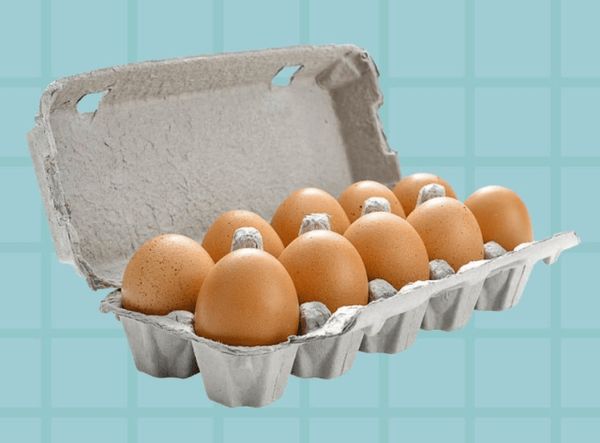Wrong Answer
Here is the wrong answer, even though it correctly did what is inside the brackets/parentheses first:
- 48 ÷ 8(14 – 8) =
- 48 ÷ 8(6) =
- 48 ÷ 8 x 6 =
- 6 x 6 =
- 36
You might ask why this is wrong?
The reason is that 8(6) is NOT THE SAME as 8 x 6 even both are equal to 48.
If the challenge question asked was stated as 48 ÷ 8 x (14 – 8) = ?, I would happily agree that the answer is 36, but that is not the question as there is no multiplication symbol before the brackets/parentheses.
Correct Answer – Part 1
Let’s state the question again, but this time try to understand it better before solving. 48 is divided by the rest of the equation being 8(14 – 8).
- 48 ÷ 8(14 – 8) or 48 / 8(14 – 8) =
- 48
———— =
8(14 – 8) - 48
—— =
8(6) - 48
—- =
48 - 1
The correct answer is 1. This is because 8(14 – 8) is a single term and all of it becomes the denominator in the division.
Correct Answer – Part 2
Based on the Order of Operations mnemonic (BODMAS for UK or PEMDAS for US). When talking about solving the Brackets/Parentheses it means not just solving what is inside the brackets but also any factors directly attached to those brackets/parentheses. Without a multiplication symbol in the original question, the factor outside the brackets must be calculated as part of the Brackets/Parentheses stage and not as part of the later Multiplication/Division stage (using left to right). This “Implicit Multiplication” (aka Multiplication by Juxtaposition) has higher precedence than normal Multiplication.
- 48 ÷ 8(14 – 8) =
- 48 ÷ 8(6) =
- 48 ÷ 48 =
- 1
Again, the correct answer is 1. The 8 is directly attached to the (14 – 8) and must be calculated as part of that term in the equation.
Correct Answer – Part 3
Let’s try another approach. This time expanding 8(14 – 8) out using the Distributive Law. This simplifies the equation by moving the factor back inside the brackets/parentheses.
- 48 ÷ 8(14 – 8) =
- 48 ÷ (112 – 64) =
- 48 ÷ 48 =
- 1
Again, the correct answer is 1.
Note: A way to confirm if you have correctly expanded a term would be to factorise it again. Find the multiples of the numbers.
Factors of 112 = 1 2 4 7 8 16 28 56 112
Factors of 64 = 1 2 4 8 16 32 64
Finding the Highest Common Multiple (HCM) of 112 and 64 is actually 16. Therefore, we could factorise (112 – 64) to either 16(7 – 4) or 8(14 – 8).
Correct Answer – Part 4
How about using some algebra to solve the equation. Yes, it makes it a little more complicated, but it helps ensure the correct answer. Let’s assume that y = 8, so 48 = 6y.
- 48 ÷ 8(14 – 8) =
- 6y ÷ y(14 – 8) =
- 6y ÷ y(6) =
- 6y ÷ 6y =
- 1
Correct Answer – Part 5
Using the same y = 8 algebra, but this time expanding the factor with the distributive law first.
- 48 ÷ 8(14 – 8) =
- 6y ÷ y(14 – 8) =
- 6y ÷ (14y – 8y) =
- 6y ÷ 6y =
- 1
Correct Answer – Part 6
Another way to understand equations used in mathematics is to use language to understand what they are trying to solve.
For example: I have 48 apples, and I have 8 lines of people waiting. Each line is usually 14 people, but 8 people from each line were taken away to be given oranges instead. How many apples can each person have?
You guessed it, the answer is not 36 apples for each person unless you can perform miracles.
Conclusion
Mathematics is an exact science, equations always have the same solutions, but when the equation could be ambiguous, it should use brackets/parentheses or language to clarify. However, you cannot just add multiplication symbols or your own brackets/parentheses to an equation as that will change the solution.
For example:
- 48 ÷ 8(14 – 8) is not the same as 48 ÷ 8 x (14 – 8)
The first has a solution of 1 and the second has a solution of 36.
Stating the question as 48 ÷ (8(14 – 8)) would have been less ambiguous.





